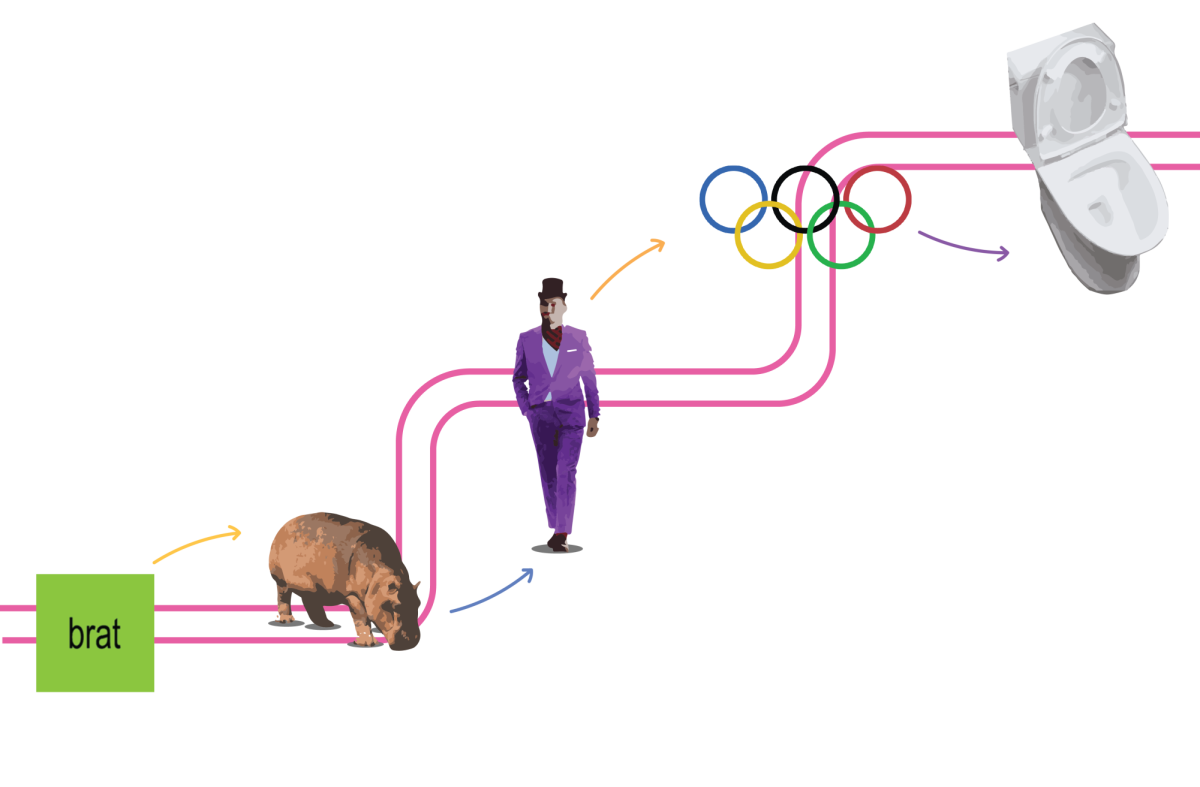Though our generation is often told to anticipate seemingly insolvable economic, environmental, and health problems in the near future, I think we’ve still got a lot going for us. We’ve grown up with the internet, TiVo, customizable frozen yogurt bars, and perhaps most important, increased opportunities and choices of future careers.
The United States is, for the most part, finally eliminating past stereotypes and occupational expectations for men and women. We’ve been taught not to think anything of it when we meet a female doctor, a male nurse, a male elementary school teacher, or a female construction worker. While some careers are still primarily claimed by one gender, we’ve been lucky enough to have less social boundaries stopping us from becoming who we want to be.
In the last decade alone, the number of stay-at-home dads has doubled.
According to the New York Times, there are now about 626,000 stay-at-home dads or fathers who may or may not work part-time but are the primary caretakers of their children. Praveen Rao, father of Leela Rao ‘12 and Arjun Rao ‘15, does not consider himself the primary caretaker, but he does spend more time with his children.
“During the formative years of our children, my wife was working part time and spending more time with them and I was working full time, he said. “Once our kids were old enough, my wife started working full time and I switched to a flexible schedule. I still work and interact with my co-workers like other working fathers. It is just that I am more flexible with my schedule.”
Rao doesn’t regret the work sacrifices he made to put his family first: “If a dad has the opportunity to spend more time with their kids – grab it. There is probably a trade off with something else but in my case it was well worth it.”
Right now, there are about twenty women with CEO titles heading the country’s largest corporations, eleven of whom were appointed within the past two years, as stated on Forbes.com. Companies like Avon, Yahoo!, Sam’s Club, and IBM now look to women for leadership. According to the United States Bureau of Labor Statistics, just under fifty-five percent of people employed in the “financial activities” category in 2011 were women.
According to MinorityNurse.com, about 5.8% of nurses in the United States are male, but that percentage is likely to rise in the future, since a higher percentage of male nurses are currently under age fifty. While some may view nursing as a more maternal career, the country’s shortage of nurses and the tough economic times are leading many men to take a second look at what was once a female-only career.
Though women are commonly considered to be weaker and therefore less able to enforce laws and keep people in check, in recent times more women have been entering the police force. The United States Bureau of Justice Statistics reports that in 1987 only one in thirteen police officers were women, while the number rose to one in eight in 2007.
Elementary schools have traditionally employed more female teachers than male teachers, but there are still men out there who prefer to teach elementary school over middle or high school. John Morand, a teacher at Bear Lake Elementary in Apopka, wanted to change the gender standard.
“I thought to myself that I was very effective in working with teens and I know I could do that,” he said. “But I knew that there were far more male teachers at the middle and high school level. There are some really, really terrific female teachers at the elementary level, but not many males at all. So I wanted to teach at the level where I would be most needed. Children of all ages need positive-minded people in their lives, but there was clearly a lack of males at the elementary level, so the basis for my decision was to better fill the needs of elementary-aged children, an alarming number of which don’t have any positive males in their lives.”
Unfortunately, there is still a major imbalance in the male-to-female teacher ratio:
“Education is still an occupation which is comprised of many more females than males,” Morand said. “This has not changed much since I began teaching in 1998. At the elementary level, the number of males is even lower. At Bear Lake Elementary, we have 77 teachers and only 3 of us are males; two classroom teachers and our Behavior Resource Teacher, who is the teacher in charge of discipline and behavior, my former position. This is the case in most elementary schools.”
While we may not see ourselves as future construction workers or manicurists, it’s nice to know that we have both options regardless of our gender.














